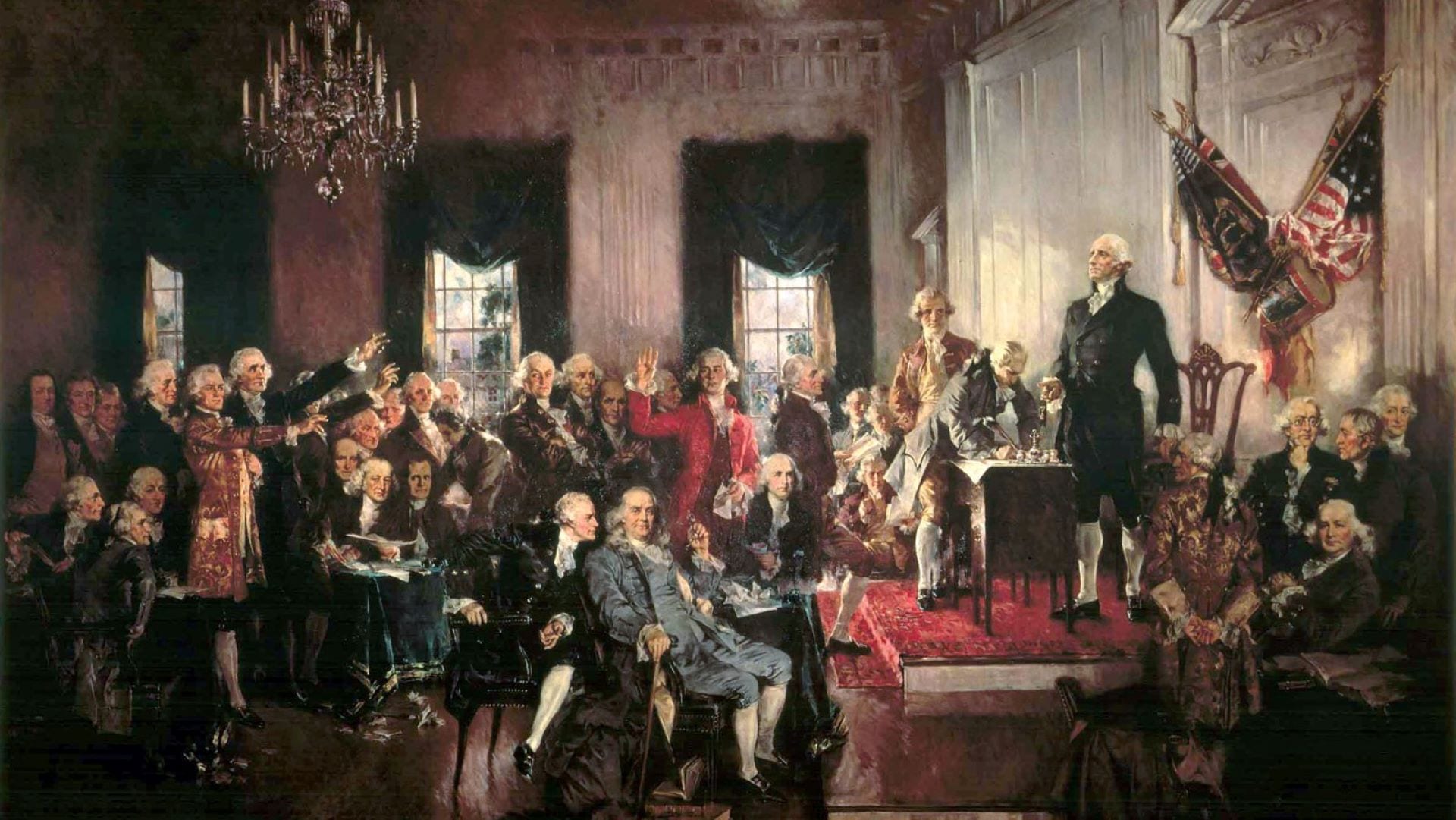

The U.S. Constitution has a long and interesting history. Below are some great resources for finding out more about that history and the various interpretations of the Constitution and its amendments throughout the document's history.
Documents from the Constitutional Convention
This collection, from the Library of Congress, contains 277 documents relating to the work of Congress and the drafting and ratification of the Constitution. Items include extracts of the journals of Congress, resolutions, proclamations, committee reports, treaties, and early printed versions of the United States Constitution and the Declaration of Independence.
Constitutional Law & Interpretation
As the supreme law of the United States the Constitution governs all subsequently passed laws by both the federal and state governments. The Constitution also lays out the three branches of government: legislative, executive, and judicial. The wide range of laws and legal interpretations through the documents more than 200 year history have changed over time. Cornell University and the U.S. government's information service take a deeper historical look at legal analysis and interpretation throughout the document's history.
The Constitution acted like a colossal merger, uniting a group of states with different interests, laws, and cultures. Under America’s first national government, the Articles of Confederation, the states acted together only for specific purposes. The Constitution united its citizens as members of a whole, vesting the power of the union in the people. Without it, the American Experiment might have ended as quickly as it had begun.
The Constitution contains a preamble and seven articles that describe the way the government is structured and how it operates. The first three articles establish the three branches of government and their powers: Legislative (Congress), Executive (office of the President,) and Judicial (Federal court system). A system of checks and balances prevents any one of these separate powers from becoming dominant. Articles four through seven describe the relationship of the states to the Federal Government, establish the Constitution as the supreme law of the land, and define the amendment and ratification processes.
Learn more here.
That New Jersey has had three constitutions? The first state constitution was adopted on July 2, 1776! You can see each of New Jersey's three constitutions here.